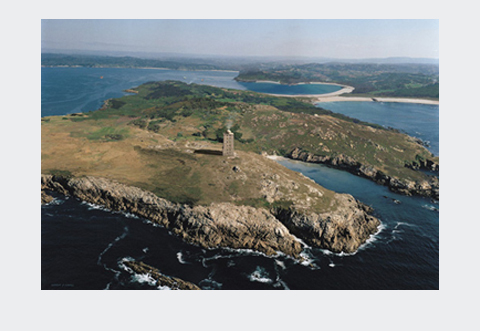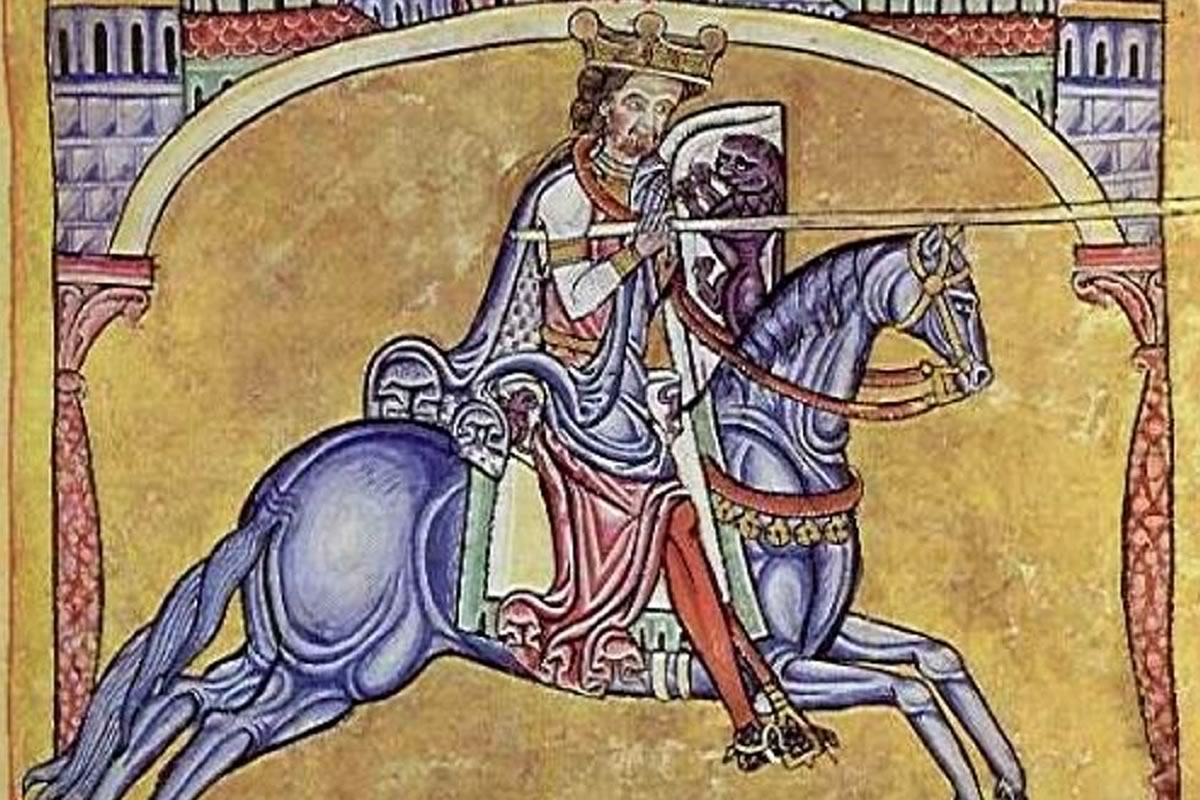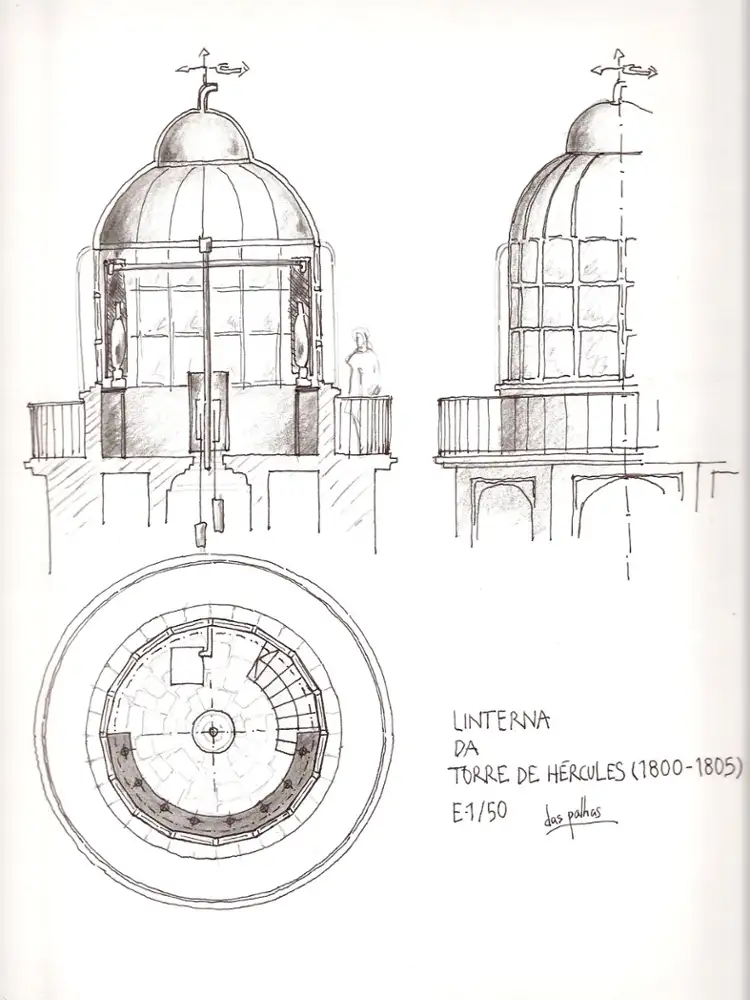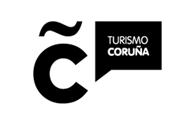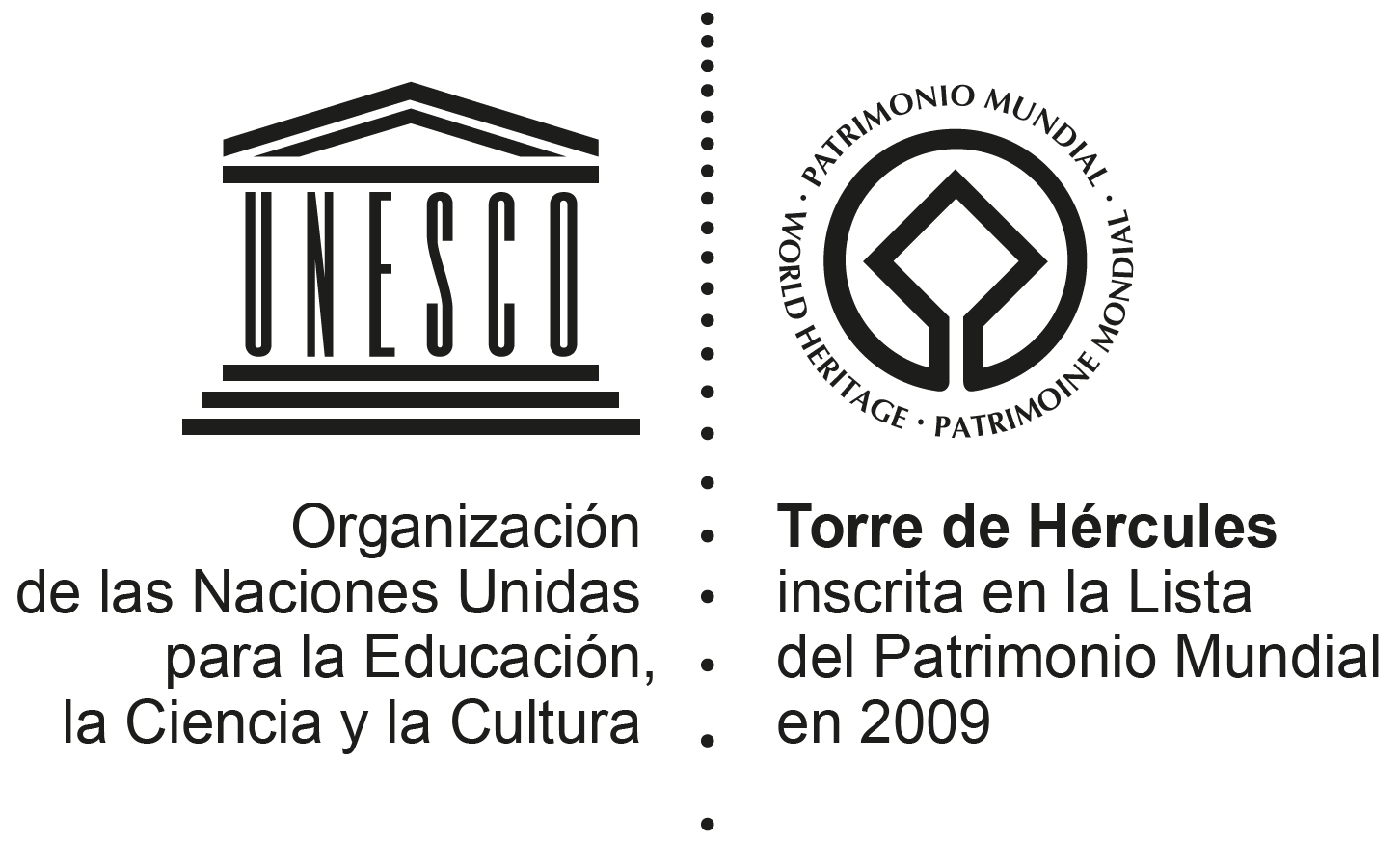- Home
- Discover the Tower
- Two Thousand Years of Light
- The Restorations
The 18th-century Restoration
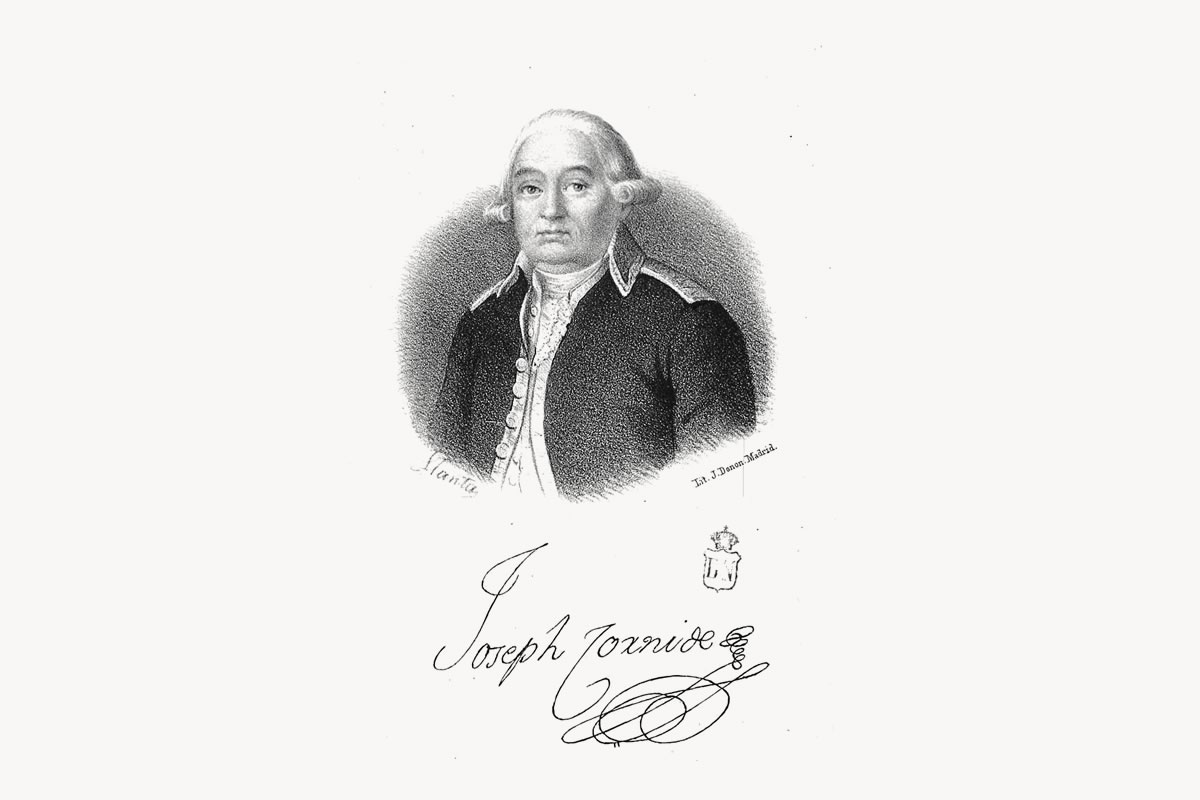
At the end of the 18th century, A Coruña was one of the busiest ports in the north of Spain, and its maritime traffic had taken on great importance. Moreover, its proximity to the port of Ferrol, which was the main base of the Spanish navy, had turned the Golfo Ártabro into an obligatory stopping-off point for military fleets.
These circumstances led the Ministry of the Navy, in 1785, to decide to restore the Tower of Hercules as part of a general plan to improve and modernise the port of A Coruña. The Captain General of Galicia, Pedro Martín Cermeño, the highest authority in the kingdom, openly supported the project, and in 1787, he commissioned the military engineer Manuel de Navacerrada to produce an exhaustive report on the state of the tower. In this document, Navacerrada advocated preserving the structure of the Roman lighthouse and adapting it to the technical advances in maritime signalling, rather than demolishing it and building a new one. This option was the most economical, a not inconsiderable argument, but it also made it possible to preserve a monument that was the symbol of the city, an aspect defended by the academic José Cornide Saavedra. On 4 January 1788, King Charles III authorised the restoration of the tower, which was to be financed by the Consulado del Mar.
Between March and June 1788, the military engineer Eustaquio Giannini drew up the project. During this time, he had the invaluable help of José Cornide Saavedra, who contributed his knowledge of the tower so that the intervention would be as respectful as possible with the preserved remains and would contribute to their value. The result of this collaboration was a prime example of architectural restoration in which Giannini and Cornide conducted an in-depth exploration of the intervention criteria that should be applied to a Roman monument. Much of the research carried out was published by José Cornide Saavedra in 1792 in Investigaciones sobre la fundación y fábrica de la Torre llamada de Hércules, a work that remains key for the study of the lighthouse.
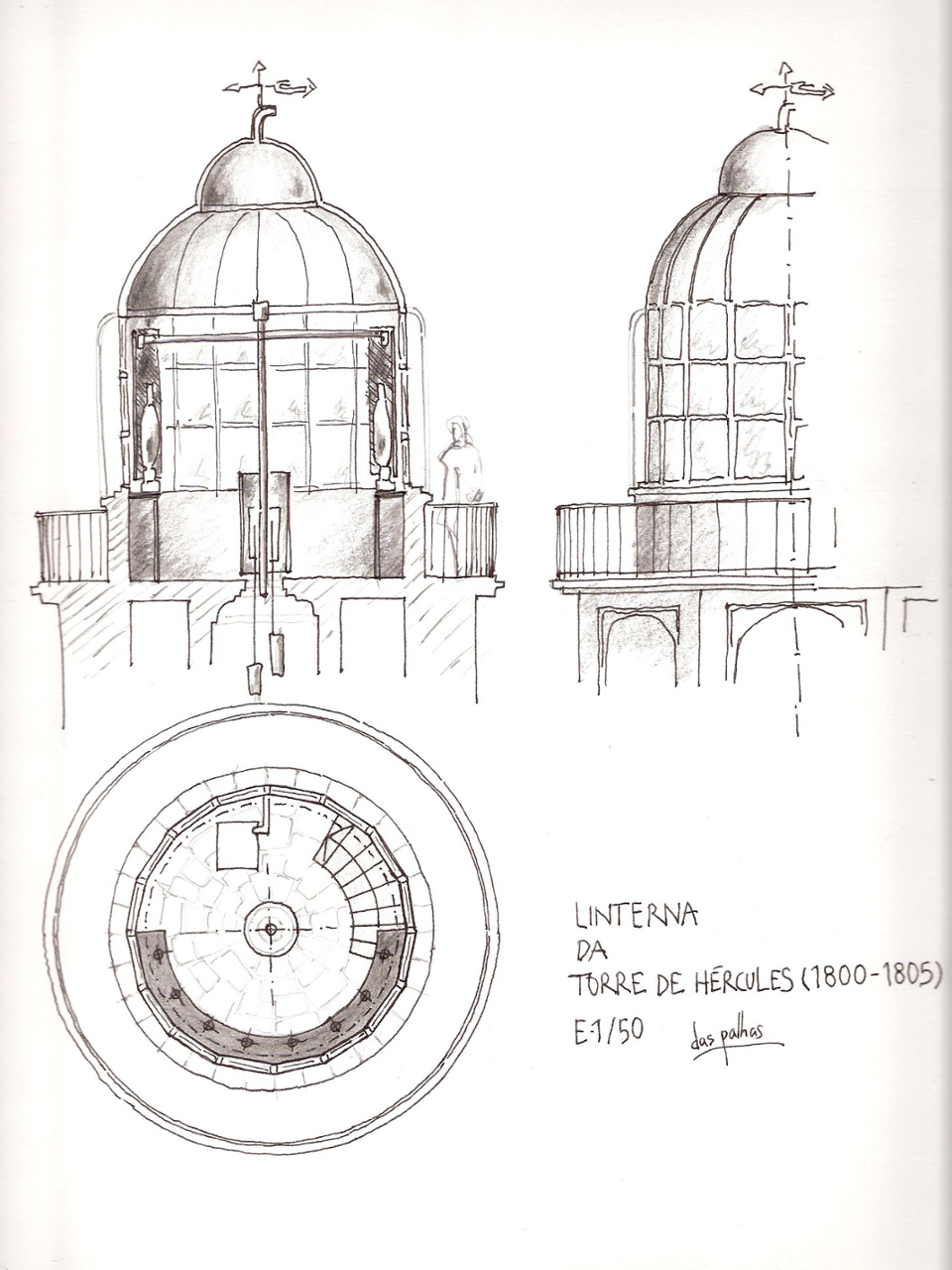
19th Century
With the passing of time, the tower modernised its beacon to improve illumination and to allow the light to reach further and serve as a support for ships. In 1847, the old reflector system was replaced by a more modern one, which placed the lighthouse at the forefront of maritime lighting systems. The new lighting system was used by the students of the lighthouse keepers' school that operated between 1850 and 1853 in the tower, under the leadership of the mechanical pilot and watchmaker, Agustín Antelo.
In 1858, A Coruña rolled out the red carpet to welcome Queen Isabel II, who visited the city accompanied by Francisco de Asís and the Prince of Asturias. For such an important occasion, it was decided to "embellish" the interior of the Tower with printed paper and fabrics that covered the bare stone of the chambers. False ceilings were also installed to hide the simple barrel vaults and barred partitions on the ground floor. The stone floors were covered with carpets and some of the rooms were furnished so that the royal procession could take breaks on their way up to the top of the lighthouse. The result, according to the chronicles of the time, was surprising; with these changes, the lighthouse chambers were transformed into nondescript rooms of courtly taste.
On the first floor were the rooms for the office of the engineer in charge of the lighthouse, on the second floor, a small room for distinguished visitors, which became known as the "queen's room", and on the third floor a storeroom for materials related to the lantern. It seems that the visit did not take place in the end.
20th-century Refurbishments
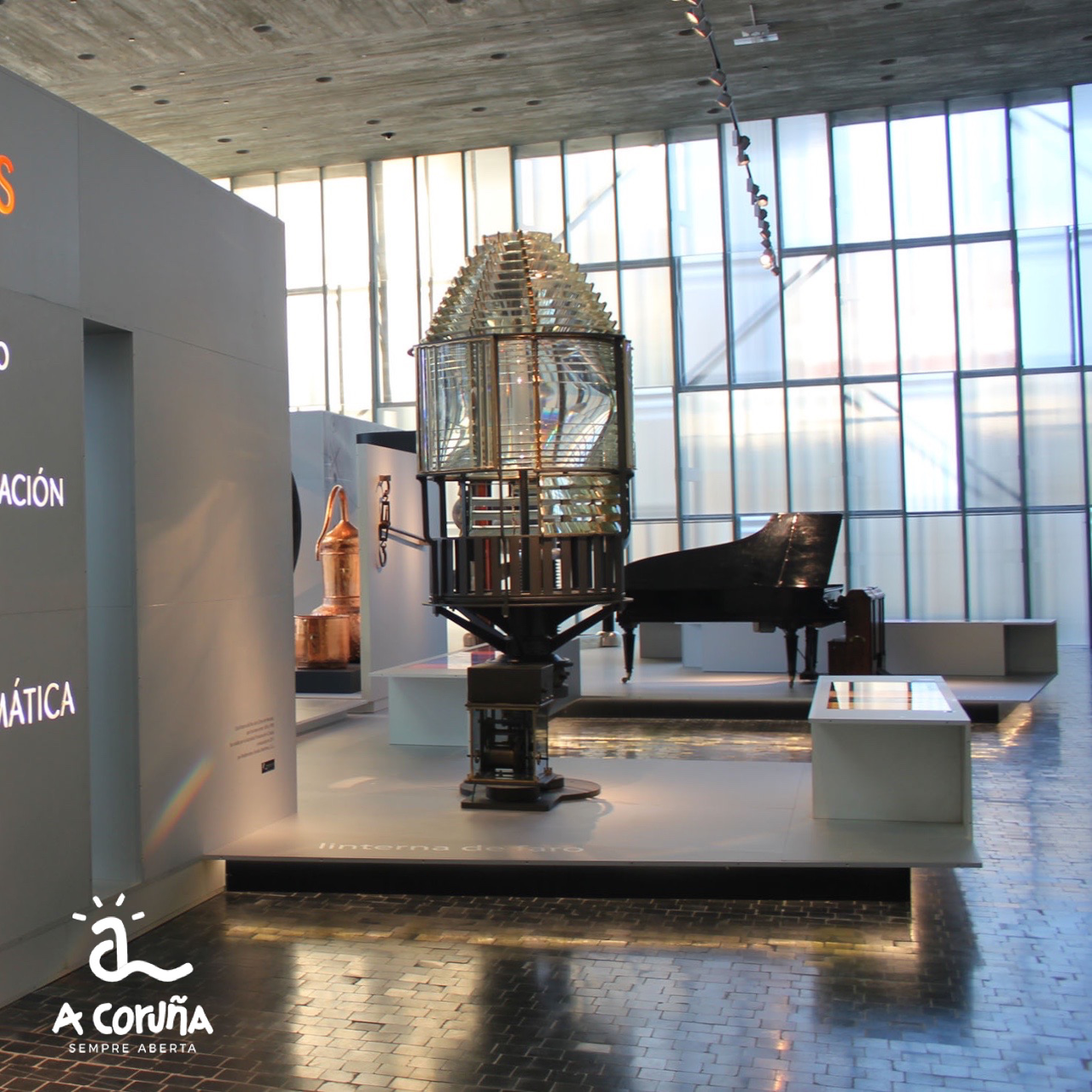
In the last decades of the 19th century and the first decades of the 20th century, improvements continued to be made to adapt the lighting system to the technical advances that were taking place. The Sautter lamp was replaced by a new one made by Létourneau, with the aim of making its light stronger and more visible on dark nights of Atlantic storms.
The National Museum of Science and Technology in A Coruña has an exhibit that features the lantern that was operating in the tower between 1854 and 1904, which used Fresnel optics or lenses. This system consists of a lens surrounded by sections of concentric rings, which refract the light and reflect it while emitting it horizontally. In 1904, this lantern was replaced by the current lantern, and in 1927, the lighthouse began using electricity.
